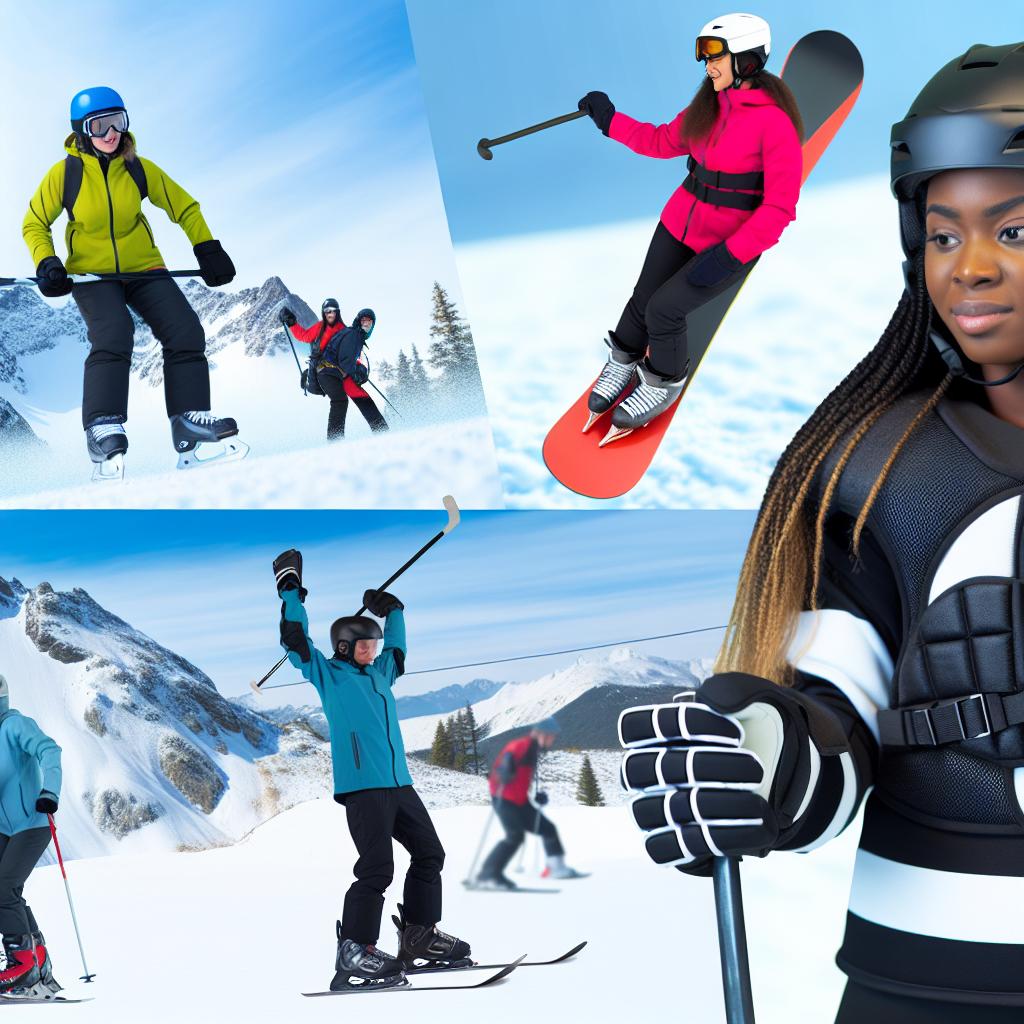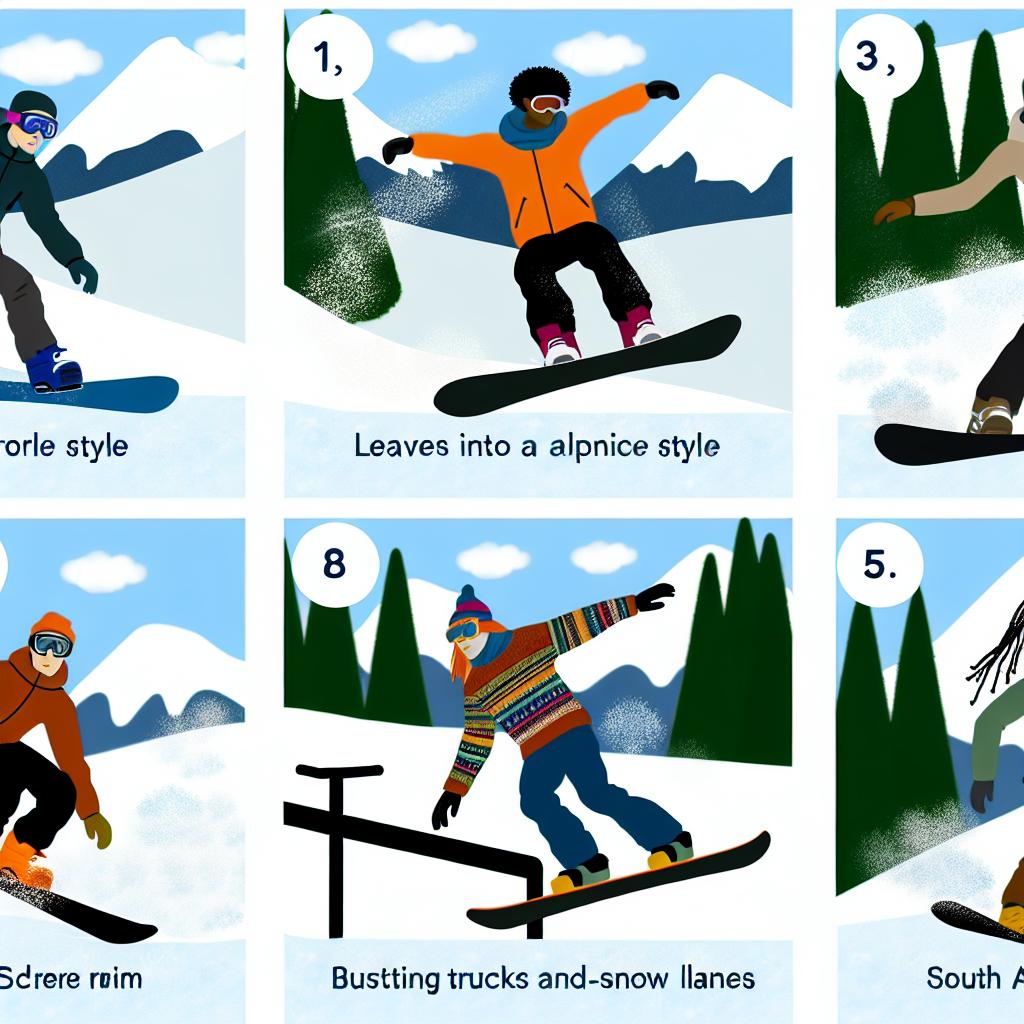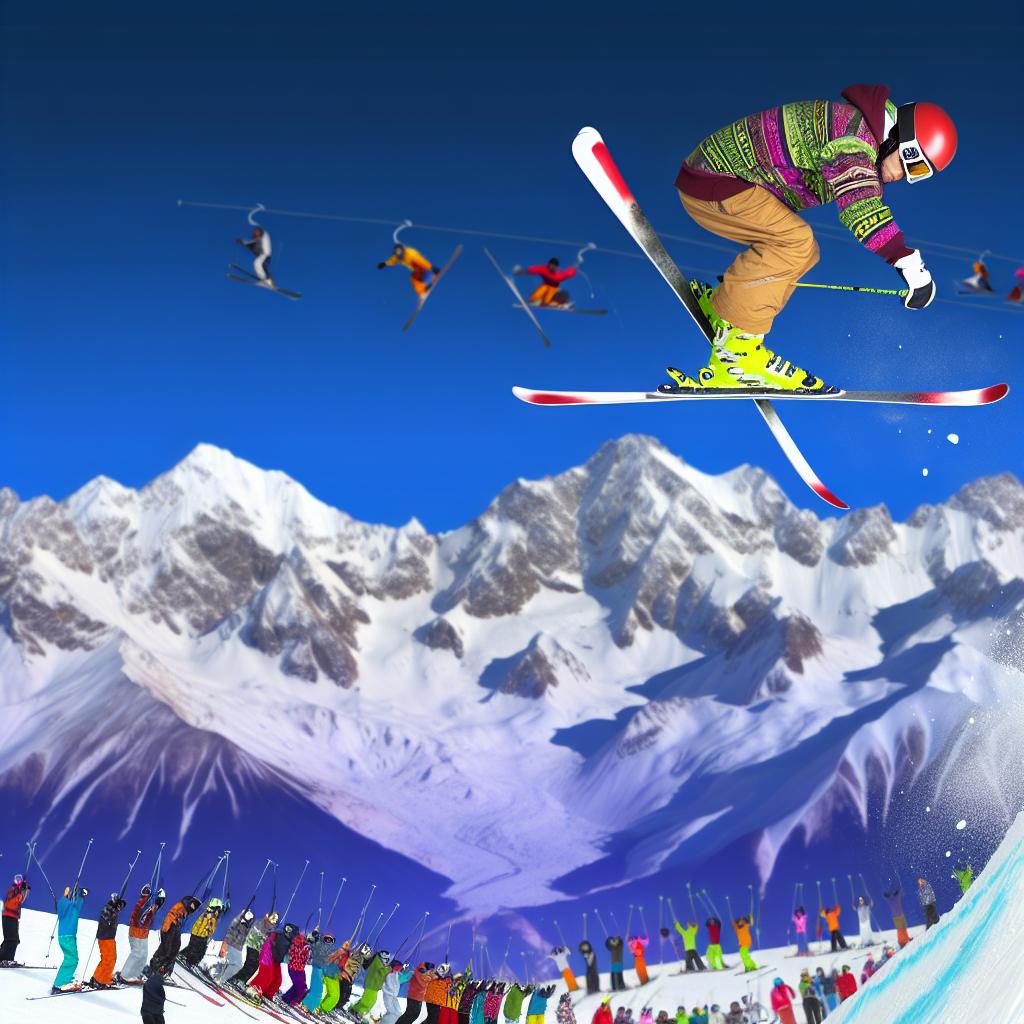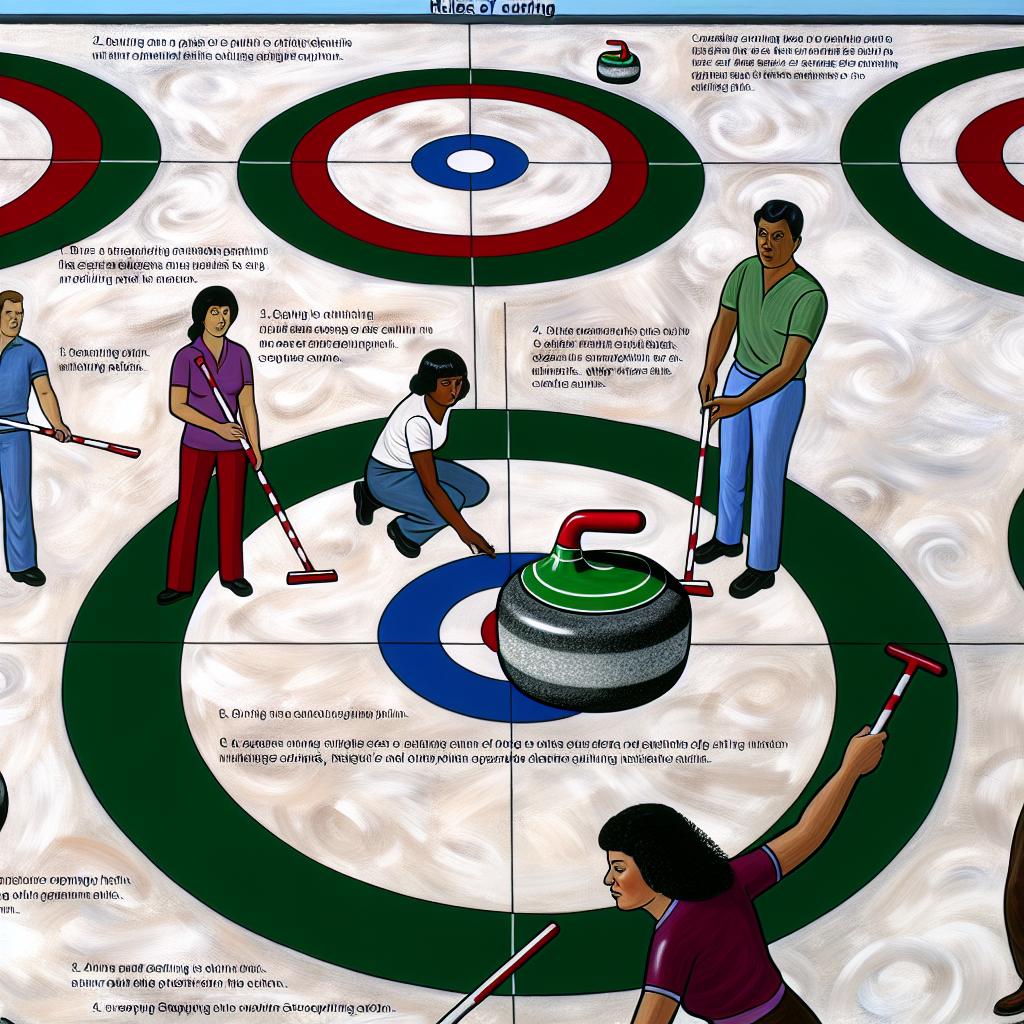Understanding the Role of Safety Equipment in Winter Sports
Winter sports, such as skiing, snowboarding, and ice skating, captivate enthusiasts worldwide with the thrill of gliding over snow and ice against the stunning, cold-weather backdrops. These activities, while exhilarating, are not without their dangers. Accidents stemming from falls, collisions, and varying terrain are all too common. Therefore, the correct use of safety equipment becomes indispensable. Here, we delve deeper into the pivotal role that safety gear plays in ensuring that winter sports are not only enjoyable but also as safe as possible.
Essential Safety Equipment
Engaging in winter sports without the proper safety gear is akin to driving without a seatbelt. Each piece of equipment serves a particular protective function, mitigating the risks associated with these activities.
Helmets serve as the cornerstone of safety gear in winter sports. These are not mere accessories but crucial protective devices. The primary purpose of helmets is to protect against head injuries, which might occur from direct impacts in falls or collisions with objects or other participants. Head injuries can have severe consequences; thus, wearing a helmet is paramount. Research consistently shows that helmets reduce the risk of head trauma by approximately 50%. The compelling data make a strong case for helmets as an essential safety measure for winter sports enthusiasts of all levels.
Protective Eyewear is another indispensable component of winter sports gear. Environmental factors like high altitudes, glaring sunlight, and reflective snow can severely compromise visibility. Such conditions heighten the risk of accidents due to impaired sight. Goggles that boast UV protection contribute significantly to enhancing vision clarity. They provide a safeguard against solar radiation and protect the eyes from debris that might fly at high speeds. Their role extends beyond just improving visibility; they also ensure eye health over prolonged periods spent in snowy environments.
Padded Clothing, including items like impact shorts, knee pads, and back protectors, offers an added layer of protection. These garments are particularly critical for snowboarders and those attempting complex maneuvers, where falls are common. The padding helps absorb the shocks from impacts, reducing the chances of serious injuries to the body, specifically to vulnerable areas like the tailbone and spine. Cushioning provided by such clothing allows athletes to push their limits with a reduced risk of harm.
Standards and Regulation
Safety equipment effectiveness hinges on adherence to stringent standards and regulations. Certified bodies establish these standards to ensure equipment functions correctly and provides the advertised levels of protection.
The International Ski Federation (FIS) is one such organization setting forth guidelines for the equipment used in competitive skiing. Compliance with these regulations ensures that protective gear functions efficiently under varying conditions and pressure situations. These standards are not binding only on competitive athletes but serve as benchmarks for all who wish to ensure the safety of their equipment.
Material and Technology Advances
Recent years have witnessed significant advancements in the materials and technologies employed in the construction of safety gear. These innovations have dramatically improved both the protection and comfort offered by the equipment.
A noteworthy advancement is the integration of MIPS (Multi-directional Impact Protection System) in helmet designs. This technology addresses the rotational forces that often accompany impacts, which traditional helmets might not fully protect against. MIPS-equipped helmets can shift slightly upon impact, reducing the amount of rotational energy transferred to the wearer’s head.
New developments in padding materials have also made protective clothing more effective. High-impact, lightweight foams now used in the design of pads enhance shock absorption capabilities. These materials offer greater protection without sacrificing comfort or mobility, allowing athletes to perform at their best with less hindrance.
Accessibility and Availability
The availability of high-quality safety equipment significantly influences its adoption among winter sports participants. In the current market, there has been a drive towards making reliable protective gear more affordable, especially among amateur athletes and hobbyists.
Local sporting goods stores frequently stock a wide array of safety equipment, catering to various skill levels and financial considerations. Furthermore, online retailers offer an extensive selection, often at competitive prices, which has democratized access to good-quality protective gear. To ensure that everyone can equip themselves appropriately, maintaining a balance between affordability and quality is crucial. For more choices on where to acquire these essential items, please refer to well-established retailers.
Conclusion
The acknowledgment of winter sports’ risks calls for a proactive approach in terms of safety. By investing in well-designed, high-quality helmets, protective eyewear, and padded clothing, winter sports lovers can significantly lessen the danger they face while indulging in their favorite pursuits. It is equally important for each participant to stay abreast of the latest developments in safety standards and technological advancements. Such knowledge and the proactive use of protective equipment enhance safety and embolden athletes to pursue their passion with greater confidence and peace of mind.



